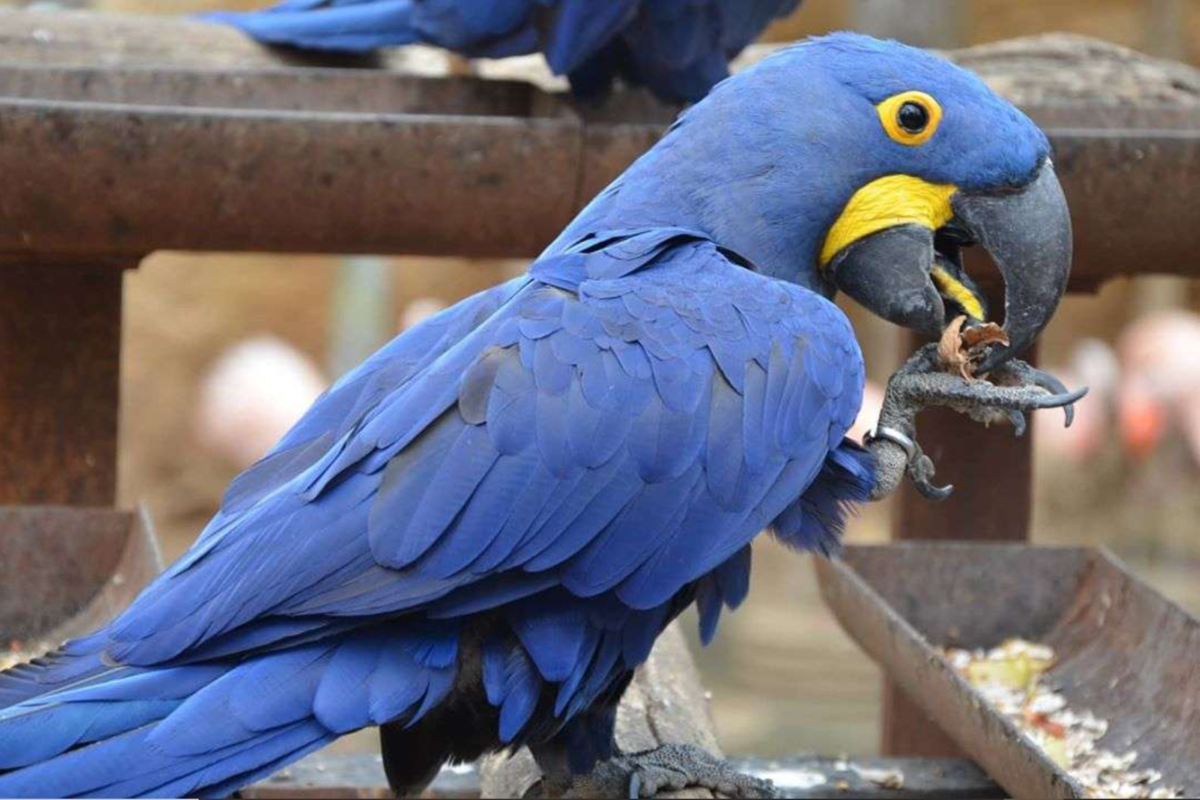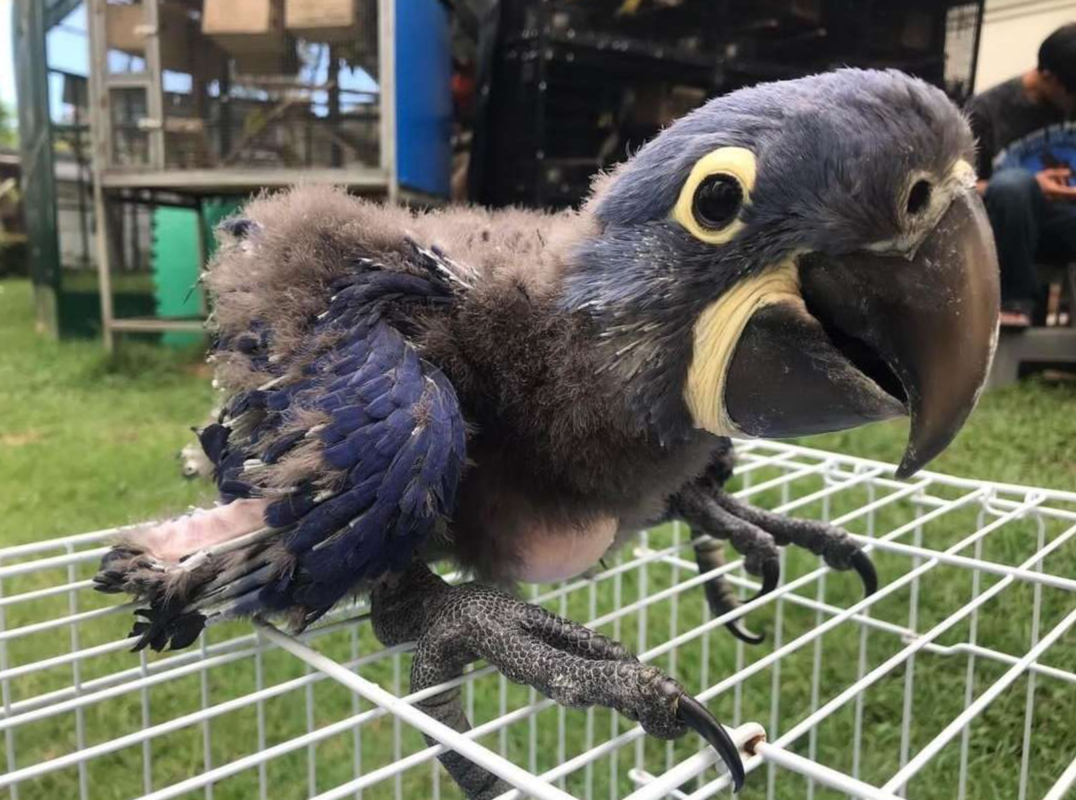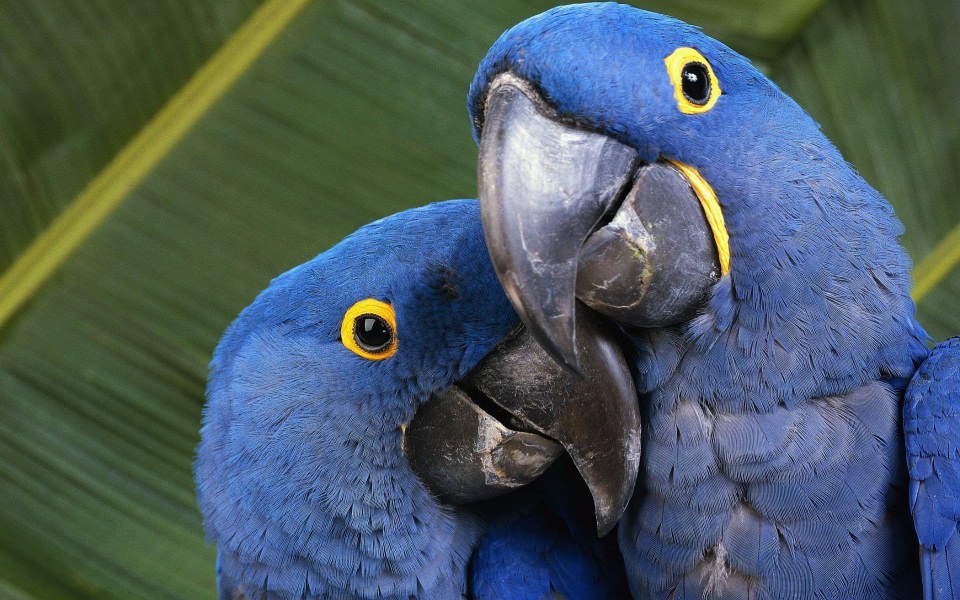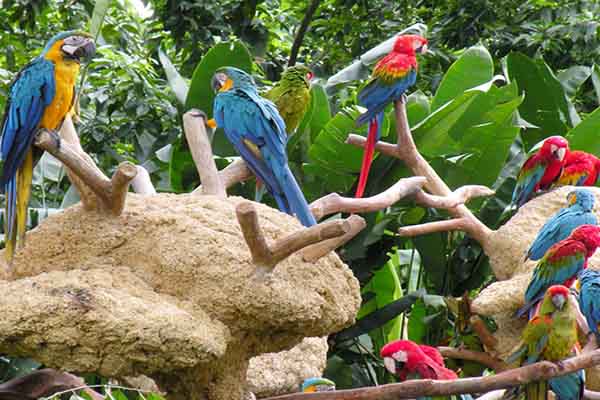The world of avian beauty and wonder is home to a myriad of colorful and intriguing species, and one of the most captivating among them is the Hyacinth Macaw. These magnificent birds are renowned for their striking appearance and remarkable characteristics. In this article, we’ll dive into the world of Hyacinth Macaws, exploring their unique features, habitat, behavior, and conservation efforts.

Meet the Hyacinth Macaw
Largest Parrot Species
The Hyacinth Macaw, scientifically known as Anodorhynchus hyacinthinus, holds the prestigious title of being the largest parrot species on the planet. With vibrant cobalt-blue plumage and bright yellow eye patches, they are an avian spectacle like no other.
Native Habitat
These magnificent birds are native to South America, specifically the regions of Brazil, Bolivia, and Paraguay. They are often found in lush, tropical rainforests near rivers and swamps.
Exceptional Characteristics
Powerful Beak
The Hyacinth Macaw possesses a strong and formidable beak that can crack open hard nuts and seeds with ease. Their powerful bite is an essential adaptation for their diet.
Unique Vocalizations
These birds are known for their distinctive vocalizations, including loud squawks and screeches. They use these calls for communication within their flock and for marking their territory.
Social Behavior
Strong Bonding
Hyacinth Macaws are highly social birds that form strong bonds with their mates. They are often seen flying and foraging together in pairs or small family groups.
Intelligent and Playful
These birds are exceptionally intelligent and curious. They enjoy playing with toys and engaging in various forms of mental stimulation, making them popular choices among bird enthusiasts.
Conservation Status
Threats to Hyacinth Macaws
Despite their awe-inspiring beauty, Hyacinth Macaws face significant threats in the wild, including habitat loss and illegal trapping for the pet trade. These factors have led to a decline in their population.
Conservation Efforts
Conservation organizations and local governments are working tirelessly to protect the Hyacinth Macaw. Efforts include habitat preservation and the enforcement of laws against poaching.
Conclusion
In conclusion, the Hyacinth Macaw is a remarkable species of parrot known for its size, striking appearance, and intriguing behaviors. However, they face challenges in their natural habitat, making conservation efforts crucial to their survival. By raising awareness and taking action, we can help ensure that these majestic birds continue to grace our world with their presence.
Frequently Asked Questions (FAQs)
1. What is the lifespan of a Hyacinth Macaw in captivity?
In captivity, Hyacinth Macaws can live up to 60 years or more with proper care and attention to their specific needs.
2. Are Hyacinth Macaws good pets?
While they are beautiful and intelligent, Hyacinth Macaws require a significant commitment due to their long lifespan and social nature. They are best suited for experienced bird owners.
3. How can I contribute to Hyacinth Macaw conservation?
You can support conservation efforts by donating to reputable organizations focused on parrot conservation and by raising awareness about the challenges these birds face in the wild.
4. What is the primary diet of Hyacinth Macaws?
Their diet consists of a variety of nuts, seeds, fruits, and palm nuts. Providing a balanced diet is essential for their health.
5. Can Hyacinth Macaws imitate human speech like some other parrot species?
While they are not known for extensive vocal mimicry like some parrot species, Hyacinth Macaws can learn a few words and sounds with patient training.



